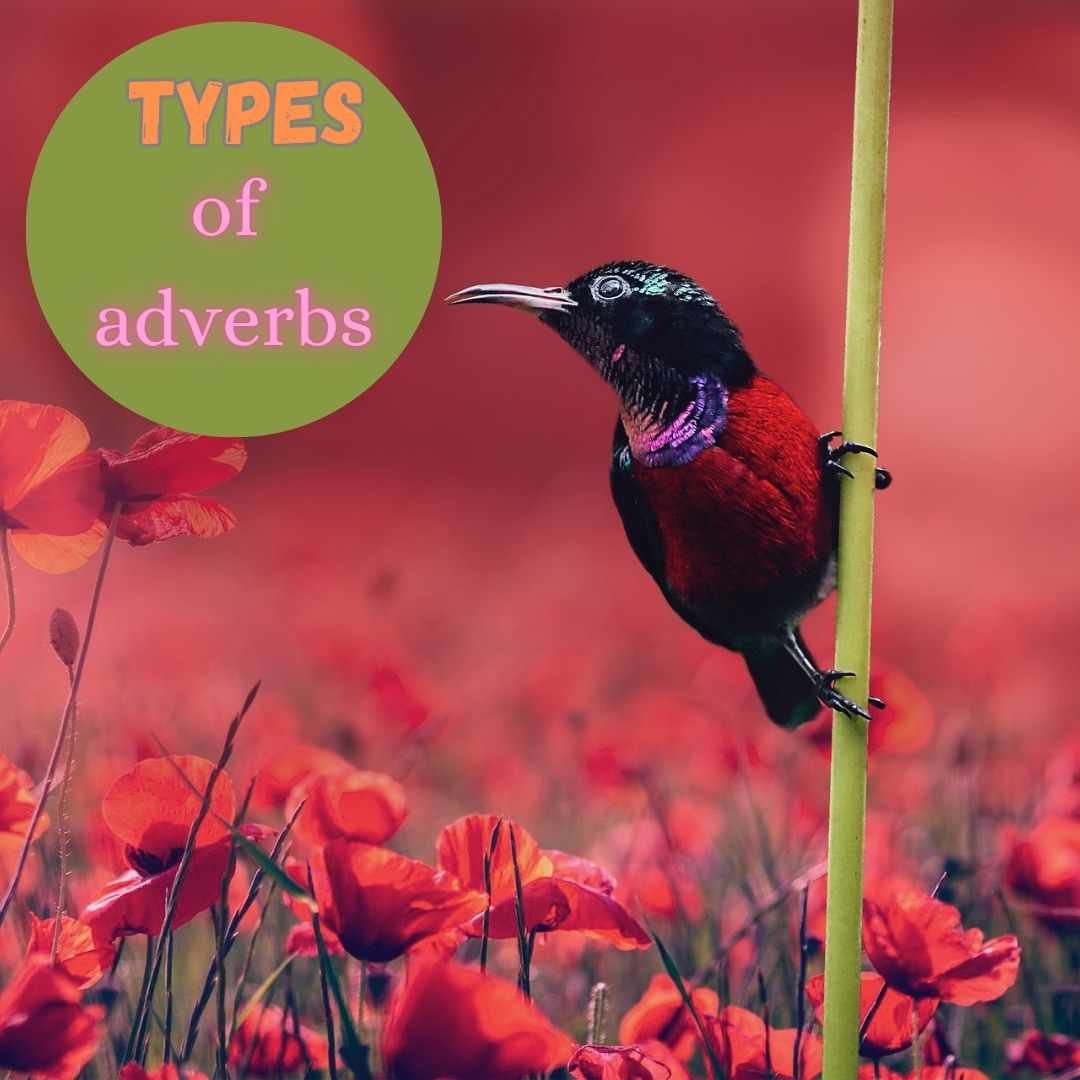Tag: with

The place of Prepositions
In English grammar, prepositions typically come before nouns or pronouns to show the relationship between the noun or pronoun and other words in a sentence. The placement of the preposition depends on the structure of the sentence and the specific preposition being used.

Pronunciation of letters- u, o, a, e, x, l,y and letter groups- ow, ng, er, or, rr in English
The letter combination ng When the letter combination ng appears at the end of words, it is typically pronounced as the ŋ sound, which is a nasal sound made by the back of the tongue against the soft part of the roof of the mouth. long: [lɔŋ] sang: [sæŋ]

What are Six Syllable Types?
Syllable Types Syllables are the building blocks of spoken language and can be categorised into different types based on their structure. Here are six different types of syllables: Closed Syllables: A closed syllable ends with one or more consonant sounds and typically has a short vowel sound. When a closed syllable is […]

The Categories of Adverbs
In linguistics, adverbs are words that modify or describe verbs, adjectives, or other adverbs, providing additional information about how, when, where, or to what extent an action or quality occurs. Adverbs can be classified into various categories, including simple adverbs and derivative adverbs.

The Participle-Non-Finite form of the Verb
The participle is a non-finite verb form that possesses properties of both verbs and adjectives (and sometimes adverbs). It can be used to create verb phrases, participial phrases, and adjectival phrases. Participles, as verb forms that function as adjectives, can be used to modify or describe nouns, effectively turning them into attributes. When a participle is used to modify a noun, it acts like an adjective, providing additional information about the noun.